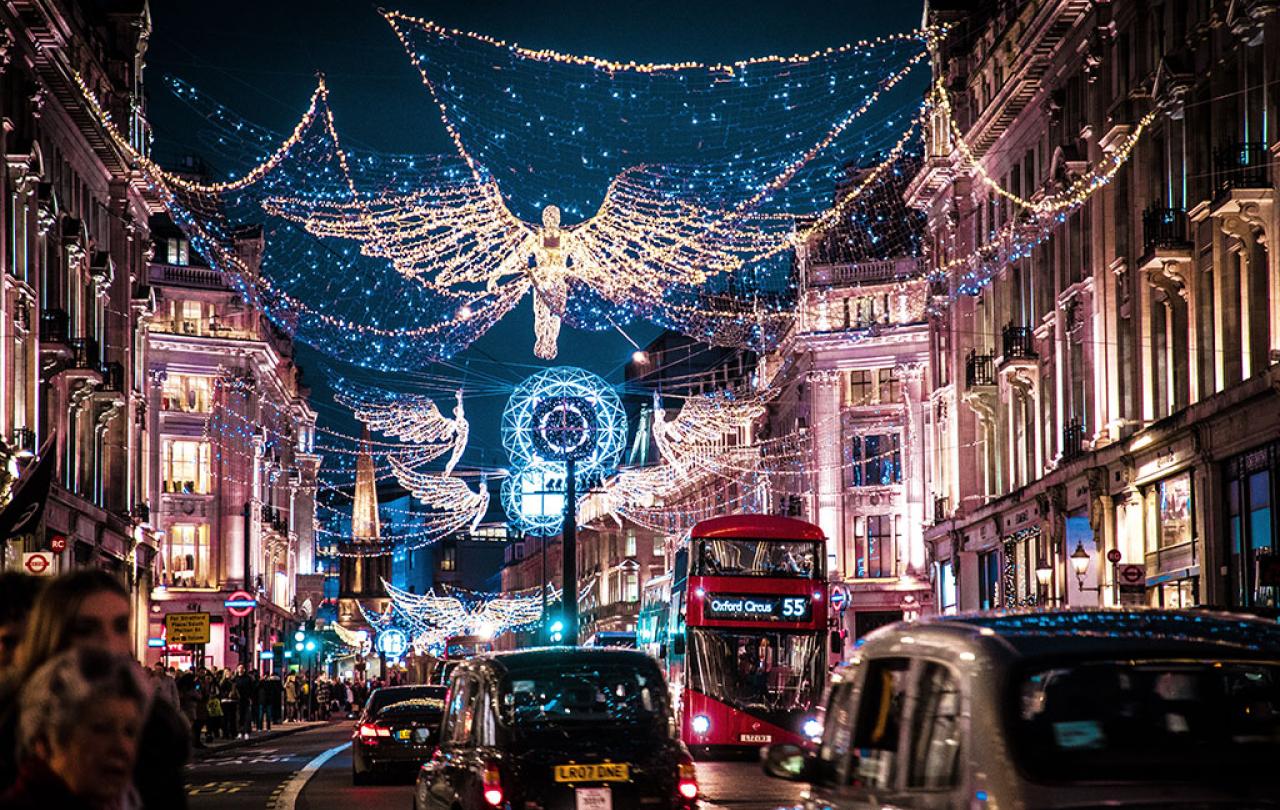When I think about what it means for God to become a flesh-and-blood person, I find it can be helpful to imagine the humanity of the nativity. To add a layer of realism we don’t often see. Now, I have never given birth, but unlike many childless, or childfree, people in the West, I have witnessed a birth. With the confidence gained from having endured childbirth twice already, when my mum went into labour with my brother, she refused to go to hospital. I think her exact words to my dad were, ‘The midwife can ******* come to me’.
This happened early one June morning in 1992, and I, aged six, was awoken around 6am by my mum’s screams. Going to investigate what on earth was going on, I was surprised to find my nan open the door to my parents’ bedroom. She told me that the baby was coming, and that I should go and occupy myself by getting ready for school.
Having had the birds and the bees talk at a relatively early age, I was quite keen to get a good look at what was going on. I couldn’t see much, as there were four or five adults crammed into the modest master bedroom of our terraced house. But I could see my mum in the birthing position, I could sense the intense nature of what was happening. And, even after my nan closed the bedroom door, I could hear the noises. Few on-screen depictions of birth have come close to really capturing what happened in our house that morning, even on my beloved Grey’s Anatomy.
I went downstairs to make myself a bowl of cereal. I have no idea what my then three year-old sister was up to at this point, but it’s quite possible she slept through the whole thing. After watching some classic 90s kids’ TV (Playdays, anyone?) I went and changed into my little grey skirt, white polo shirt and navy sweatshirt to get ready for school. I then went to brush my teeth, only to be confronted by a disembodied umbilical cord in our bathroom sink. I must have made a commotion at this stage, because I remember the midwife coming to explain what this peculiar mass of blood and veins and tissue was, and suggest that I brush my teeth over the bath on this occasion.
My mum couldn’t avoid hospital completely, and she and the baby went off in an ambulance; she for stitches and he for routine checks. As they were bundled off, my nan and dad came downstairs carrying the double mattress which had just welcomed my little brother into the world. It was practically soaked through and they balanced it on top of the rotary airer in our garden to dry in the spring sunshine. Of course, I delighted in the opportunity to regale my whole class with all the graphic details of this experience when I eventually arrived at school.
It seems to me that if Jesus himself is not spared a painful, bloody death, it’s unlikely to me that Mary would be spared a painful, bloody birth. Let’s not forget that the gospels were written by men, who were likely removed from the messy women’s business of birth, and perhaps wouldn’t have seen how powerful including this might have been.
Perhaps people find it respectful to narrate the birth of Christ in a clean and painless way. If Mary is the virgin mother of Christ, or even immaculately conceived herself, then surely she would’ve been spared the birth pains which Eve inflicted on her sisters? But the incarnation – the humanity of Jesus – being so pivotal to my faith, I actually find great comfort in envisaging Jesus’ birth as messy and complicated, as the rest of us. Perhaps Mary had terrible morning sickness throughout her pregnancy like my sister, perhaps Jesus was born earlier than expected like my cousin, perhaps he had the cord round his neck like me.






